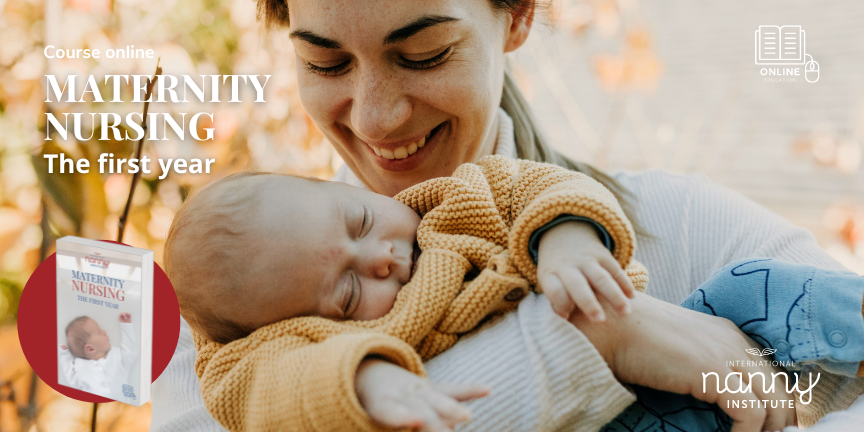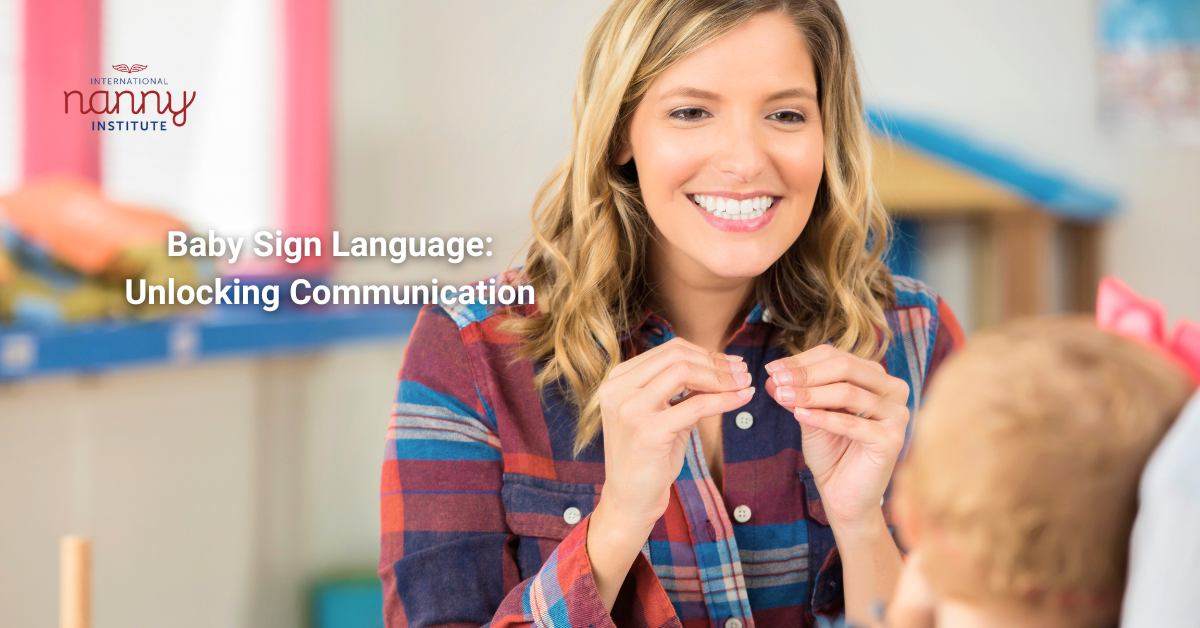Babies are born with an innate desire to communicate, even before they can speak. Baby sign language provides a bridge between their thoughts and the outside world, enabling them to express their needs, wants, and emotions. In this blog post, we will delve into the concept of baby sign language, its numerous benefits, and practical tips for getting started on this exciting journey of communication.

Benefits of Baby Sign Language:
Early Communication
Baby sign language allows babies to communicate their needs and desires before they can form words, reducing frustration and promoting a stronger parent-child bond. Imagine the joy of understanding when the little one signs “milk” or “hug” for the first time!
Language Development
Studies have shown that signing with babies enhances their language skills, accelerates vocabulary growth, and fosters a deeper understanding of linguistic concepts. By exposing them to both visual and auditory cues, you’re setting a solid foundation for their language development.

Reduced Tantrums
When babies can express themselves through signs, they feel understood and are less likely to resort to tantrums or meltdowns. The ability to communicate effectively empowers them and strengthens their emotional well-being.
Emotional Intelligence
By using sign language, babies develop emotional intelligence as they learn to identify and express their feelings. They can sign “happy,” “sad,” or “excited,” enabling them to communicate their emotions with you from an early age.
Cognitive Development
Learning signs engages a baby’s brain, stimulating cognitive development, memory, and problem-solving abilities. As they observe and imitate signs, they exercise their visual and motor skills, fostering overall cognitive growth.

Practical Tips for Getting Started
Practical tips for getting started in baby sign language for nannies can help you incorporate sign language into daily activities with infants.
Start Simple
Begin with basic signs that relate to the baby’s daily routine, such as “milk,” “eat,” “more,” or “all done.” Simple signs that have immediate relevance to their lives will be easier for them to grasp.
Be Consistent
Use the sign consistently and pair it with spoken words to reinforce the association between the sign and its meaning. Consistency is key in helping babies understand and respond to the signs.

Repetition is Key
Practise regularly during everyday activities like feeding, playing, or diaper changes. Repetition helps babies grasp the signs more effectively and reinforces their understanding.
Keep it Fun
Incorporate signing into songs, rhymes, and interactive games to make the learning process enjoyable. Sing and sign along to their favourite nursery rhymes or create playful sign language games to make the experience engaging.
Patience and Encouragement
Be patient as babies learn to sign and provide positive reinforcement when they attempt to communicate using signs. Celebrate their efforts and respond with enthusiasm, which motivates them to continue using signs to express themselves.

Introducing baby sign language can be a transformative experience! It opens up a world of communication and strengthens the caregiver-child bond. If you’re passionate about working with babies and supporting their development, enrolling in the course Maternity Nursing: The First Year at the International Nanny Institute can provide you with the knowledge and skills to excel in this field.
By enrolling in this course, you can gain confidence in working with babies, learn about their developmental milestones, and understand best practices for their care. The course covers a wide range of topics, including breastfeeding support, sleep training, infant nutrition, and more. Additionally, it offers the opportunity to connect with a supportive community of professionals and gain valuable insights to propel your career forward.

Don’t miss the chance to embark on a rewarding journey of caring for babies and their mothers. Enrol in the Maternity Nursing: The First Year course today and unlock a world of possibilities in the field of maternity nursing. Join us in shaping the future of early childhood development and nurturing the little ones who will shape our world tomorrow.


